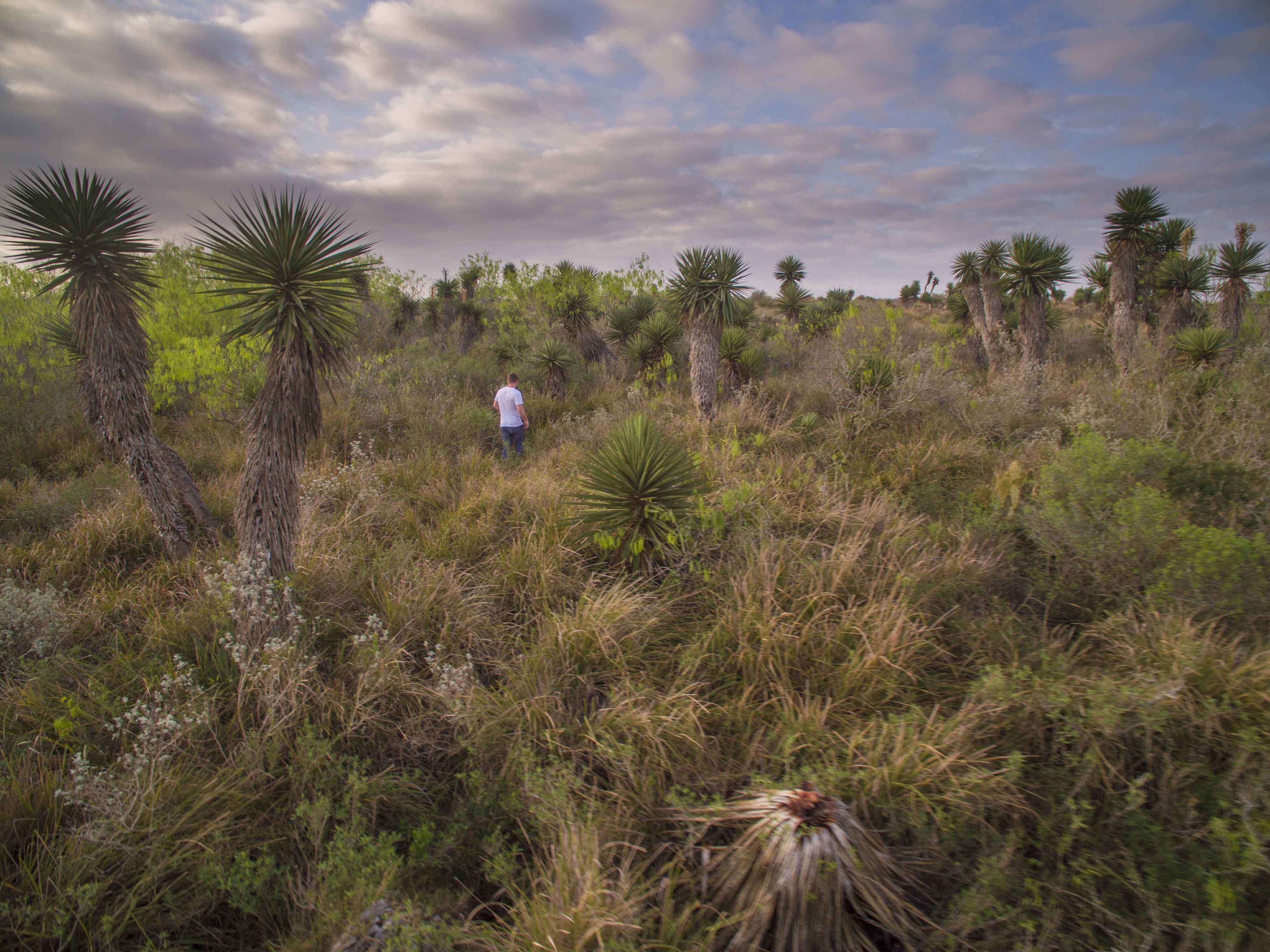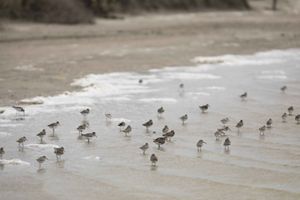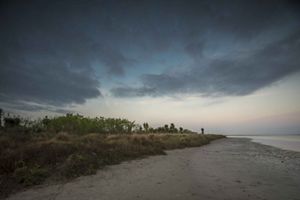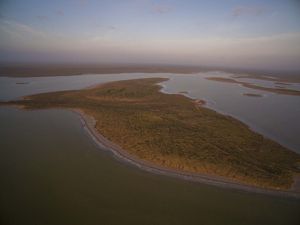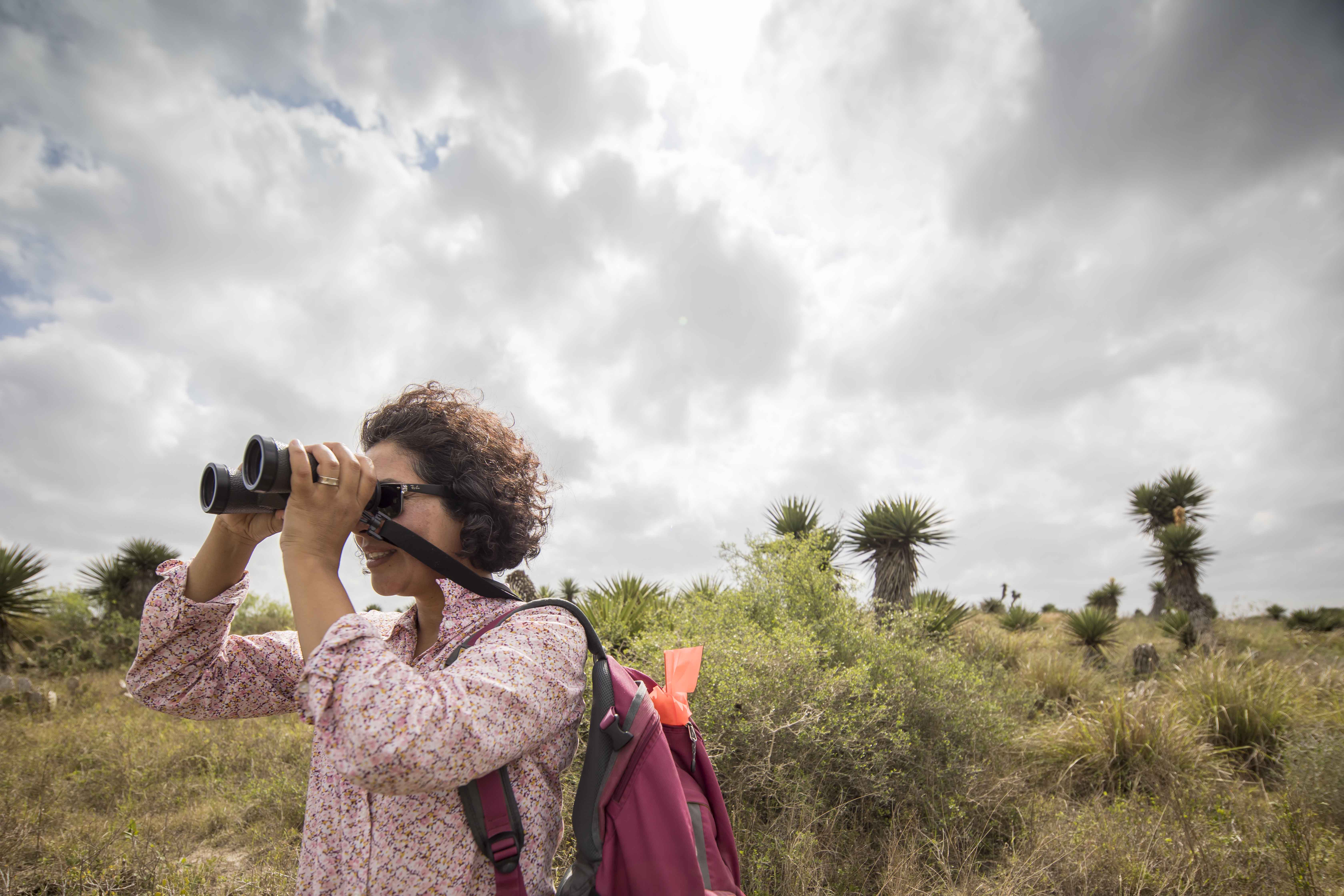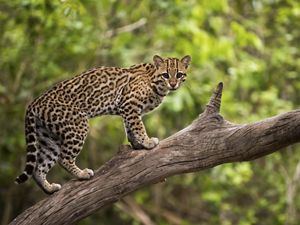TNC is applying a three-pronged approach to protecting the Texas coast by revitalizing ecological function, reducing human impacts and supporting nature-based solutions to enhance coastal community resilience.
TNC has partnered with agencies at all levels to reconnect and protect the coastal wetlands of the Mother Lagoon. In 1998, we collaborated with Mexico-based Pronatura Noreste to establish the Flora and Fauna Protected Area involving the Laguna Madre and Rio Bravo Delta. This 1.4 million-acre expanse of the Laguna Madre has been identified in Tamaulipas, Mexico with the country's National Council of Natural Protected Areas governing the area.
Between 2000 and 2007, TNC protected another 25,000 stateside acres of the Laguna Madre that are on the upper end of South Padre Island. We conveyed this island parcel soon after to the U.S. Fish and Wildlife Service to establish the South Padre Island Unit within the Laguna Atascosa National Wildlife Refuge.
We've also worked with the U.S. Fish and Wildlife Service to safeguard more than 2,100 acres within the region's Bahia Grande coastal corridor. This work is helping link the Laguna Madre to the Lower Rio Grande Valley and is the first land protection deal in Texas funded by the federal RESTORE Act of 2012—which was created to foster ecological and economic restoration throughout the Gulf of Mexico two years after the Deepwater Horizon oil spill.
The acreage stretches across the upper end of the Bahia Grande and features a mosaic of coastal wetlands, native prairies and brush. Preserving these tracts is critical to restoring Bahia Grande's extensive tidal bay system and creating a 7,000-acre wildlife corridor into the Lower Rio Grande Valley. Such a passageway will benefit a range of wildlife, including the aplomado falcon and federally endangered ocelot. Like the South Padre acreage, the goal is to incorporate the newly protected parcels within the Bahia Grande into the Laguna Atascosa National Wildlife Refuge, providing another valuable link in a chain of protected lands on both sides of the U.S.-Mexico border.

